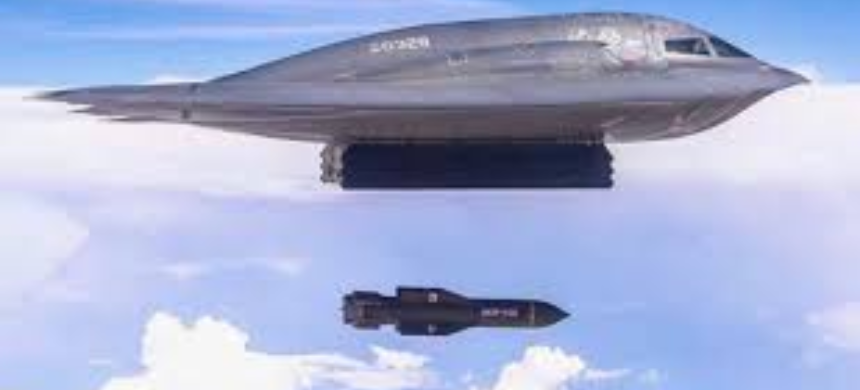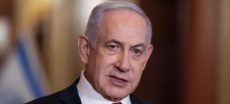The Middle East conflict has intensified sharply as the United States launched targeted airstrikes on Iranian nuclear facilities, marking a significant escalation in the ongoing Iran-Israel confrontation. US President Donald Trump confirmed the aerial attacks, which hit Iran’s key nuclear sites at Fordo, Natanz, and Isfahan. He described the mission as “the most difficult and perhaps the most lethal” carried out by US forces, warning that further strikes could follow if peace is not achieved soon. This move signifies Washington’s direct military involvement in the regional conflict for the first time.
The Pentagon deployed GBU-57 Massive Ordnance Penetrator bombs—each weighing 30,000 pounds—to strike Iran’s fortified underground nuclear sites. The Fordo facility, situated beneath over 80 meters of rock, is regarded as central to Iran’s uranium enrichment efforts. Reports indicated that each targeted site was hit by two of these powerful bunker-buster bombs. While Iran claimed to have removed sensitive materials before the strikes, President Trump asserted that the sites were “completely obliterated,” intensifying regional fears of a broader war.
Read more: Netanyahu: Israel Not Seeking Regime Change in Iran
This escalation follows weeks of rising tensions triggered by Israel’s June 13 offensive on Iranian military positions, which led to retaliatory drone and missile strikes by Iran. Until now, the US had maintained indirect involvement, supporting Israel diplomatically while urging restraint. However, the latest airstrikes represent a decisive shift in American strategy, with Washington now taking independent, direct military action against Iranian targets. Israeli officials stated that coordination with the US was ongoing, but this marked the Pentagon’s first unilateral move in the conflict.
The airstrikes have also effectively ended US-led diplomatic efforts to revive nuclear negotiations with Tehran. Earlier, Washington had given Iran a two-week window to return to talks, but that deadline was cut short following the attacks. The situation has now erupted into a full-scale regional crisis, with the risk of further escalation between Iran, Israel, and the US. As diplomatic channels collapse, the region braces for what could become a prolonged and devastating conflict.











